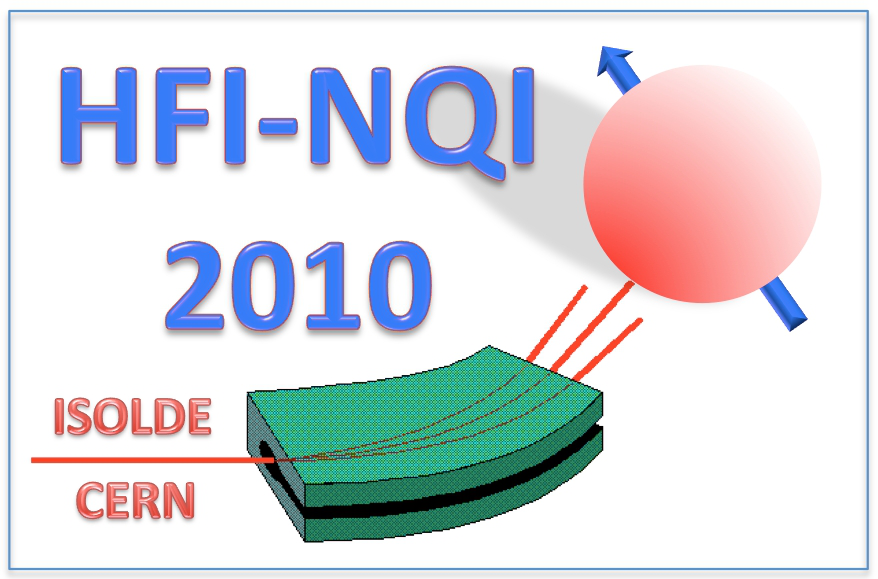Speaker
Description
Summary
The recoil-in-vacuum [RIV] method, which uses attenuation of angular distributions to measure nuclear excited state g-factors, has been shown, in a recent experiment on a 132Te beam, to offer attractive possibilities for application with radioactive ion beams [RIBs] when combined with modern detector arrays [1]. The more usual Transient Field method struggles with limited beam intensity [2]. The magnetic hyperfine interaction acting on the nuclei of the recoiling ions was calibrated using states of known lifetime and g-factor. It is of clear importance to establish how these interactions vary with element and ionization state in order to discover how the RIV approach may be best utilized. The ability to calculate lifetimes and hyperfine interaction strengths in complex electronic levels of multiply ionized atoms has advanced markedly with modern computation techniques. Dirac-Hartree-Fock multi-configuration model [3] calculations, applied to systems ranging from 5-electron Fe ions to 23-electron Te ions will be presented. The results, compared with recent RIV experiments, show great promise that such calculations can provide parameter free, a-priori, calibrations for RIV experiments. The calculations are readily adapted to any nuclear level spin, allowing extension of measurement beyond the usual 2+, 4+ states of even-even isotopes to levels in odd-A and odd-odd isotopes.
Projected experiments based not only on Coulomb excitation, but also on fusion reactions and fission fragments will be described.
| Are you a student, a delegate from developing countries or a participant with physical needs and would like to apply for a sponsored accomodation. Please answer with yes or no. | no |
|---|---|
| Please specify whether you would prefer an oral or poster contribution. | oral |
